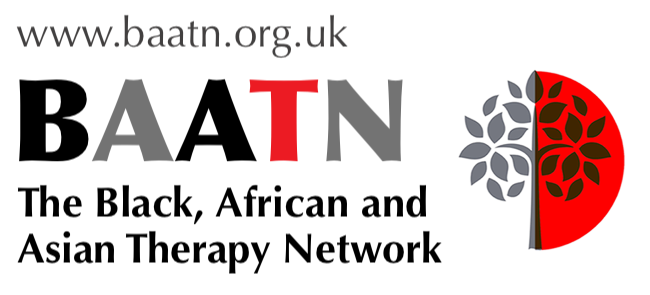Defining Australian Indigenous Wellbeing: Do we Really Want the Answer? Implications for Policy and Practice
Keywords:
Australian, Indigenous, wellbeing, health, control
Abstract
Indigenous wellbeing is a current priority for the Australian Government. Given this prioritisation one might be tempted to conclude that a readily accessible and consensual definition of Indigenous wellbeing would be available. Such a definition would be important, for example, in the design and delivery of programmes of psychotherapy that aim to improve wellbeing. A literature review was undertaken to locate such a definition. In particular, the relevance of definitions to Indigenous Australians living in remote communities was of interest. While a small number of definitions are frequently cited in the literature, there is not unanimity in their acceptance. It became obvious that the terms “health” and “wellbeing” are often confused. Sometimes health is included as a component of wellbeing, sometimes wellbeing is included as a subset of health, sometimes the terms are used jointly as in “health and wellbeing”, and sometimes persuasive arguments are made that health and wellbeing are different. The politics of wellbeing is a potent theme in the literature. It seems that the indices of wellbeing that are important to the Government may not always be important to Indigenous Australians. Current Australian Government policy could be seen to be more focused on gently steering Indigenous Australians to adopt a Western style of living rather than providing opportunities for them to live lives of personal meaning and value. This tension may well be a fundamental issue in addressing Indigenous wellbeing.Downloads
Published
2013-10-10
How to Cite
Carey, T. A. (2013). Defining Australian Indigenous Wellbeing: Do we Really Want the Answer? Implications for Policy and Practice. Psychotherapy & Politics International, 11(3). Retrieved from https://ojs.aut.ac.nz/psychotherapy-politics-international/article/view/416
Issue
Section
PEER-REVIEWED ARTICLES

